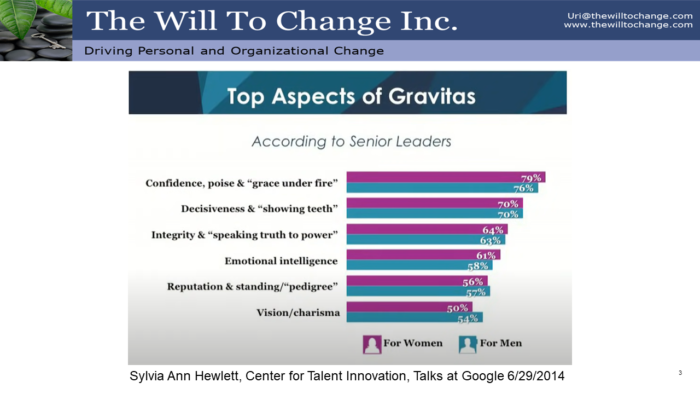10 Dec 2021 Decoding Emotional Intelligence – Pat 1
Decoding Emotional Intelligence – Part 1
Hello Friends,
In this series of posts I will share with you a practical, research-based approach to developing your Emotional Intelligence.
In a survey of C-level Executives of large US Corporations, the Center for Talent Innovation found that Emotional Intelligence was the number 4 most important quality which executives looked for when assessing up-and-coming leaders for promotion to the next level.

What Is Emotional Intelligence
Emotional Intelligence has two components:
1. The ability to understand and control your responses to challenges presented by people you interact with, in a way that will result in the best outcome for you and for your organization.
2. The ability to understand what drives the people we interact with, and to modulate our interactions with them so as to produce the best outcomes for our organization and for ourselves.
In this first post, I will share four strategies for developing your ability to understand yourself and your ability to respond to challenging situations in a manner that will bring about the best possible outcome for you.
Core Premise
The first step along your journey to develop your Emotional Intelligence is to make an absolute commitment to pursue the strategies below (or any other strategies you chose) in a focused, disciplined, and persistent manner for a period of at least six months, and ideally for much longer.
Changing our brain’s capacity for self-awareness and self-control is indeed possible, but it takes consistent practice of proven strategies over an extended period of time.
If you need support in putting these strategies into practice, please do not hesitate to contact me at: Uri@thewilltochange.com
Strategy #1
Identify and document situations which cause you to respond in ways which, upon reflection, you realize are inappropriate and might result in outcomes which you will later regret.
For example, if a colleague at work always questions your facts in front of your team, and causes you to respond in a defensive manner that does not reflect well on you.
Or when a friend, who hold different values and beliefs than yours, always brings up conspiracy theories regarding COVID-19, just to irritate you and draw you into an argument which you may not wish to have.
Your goal is to document the most common situations that cause you to respond in ways you do not feel good about, and to identify the reasons why they offend you, irritate you, and cause you to “lose your cool”.
Strategy #2
Learn to identify the moment when your emotions are stirred up, just before you respond.
Our brain’s emotional pathways are much faster than our rational “thinking brain”. Hence, building the capacity to recognize very quickly when your emotion circuits are activated requires a lot of on-going focused practice.
The approach I recommend is that every time you suspect that you might confront a challenging situation, such as in certain meetings at work, or meetings with certain friends, you activate your high-alert real-time self-awareness mode. This means raising your level of mindfulness awareness and becoming fully present in the moment, paying close attention to anything someone might say to prompt an automatic undesired response which will not serve you well.
In time, your brain will re-wire its self-awareness circuits to help you identify these challenging situations even before they occur.
Strategy #3
Develop your well-rehearsed technique to extend the gap between the trigger and your response. This will allow time to consider a response that will result in the best outcome for you.
The best way to extend the gap is to take a deep breath and wait a few moments before you respond.
This will bring more oxygen to the rational part of your brain, and will allow it to exert better control over your emotion circuits.
When you feel that people are watching you and expecting your immediate response, you can use “tricks” such as pulling out a tissue and signal to the others that you need a moment. As you pull out the tissue, you can use that time to take your deep breath and delay your response.
Strategy #4
As you draw out your tissue and take a deep breath, think about the outcome you wish to achieve with your response. Then formulate a response that will results in that outcome.
For example, in a recent USA Senate Confirmation Hearing, one of the Senators mocked the candidate for an important government post (she is a reputed professor at an ivy league university).
Instead of responding to the humiliating comment, the candidate took a deep breath, and used the opportunity to reinforce her policy beliefs, which served to increase her credibility with everyone present.
In The Next Post….
In the next post I will share four more practical strategies which you can use to build the “know and control yourself” component of your Emotional Intelligence.
The posts after that will be dedicated to the second component of Emotional Intelligence: Understand what drives the people you interact with.
In Summary
Emotional Intelligence is one of the most sought-after leadership qualities.
Further developing your Emotional Intelligence from your current baseline, takes a concerted effort over an extended period of time. Continuous deliberate practice will help you re-wire the brain circuits needed to support your Emotional Intelligence.
To help you get started, I recommend the following four strategies:
- Identify and document situations that trigger your emotions to respond in an undesired manner.
- Develop your real-time self-awareness to help you recognize the moment in which your emotions are “bubbling up” and are about to cause you to respond.
- Habitualize well-rehearsed techniques to extend the gap between the trigger and the response.
- Use the extended gap to think about the outcome that you wish to achieve and most appropriate response that will help you achieve that outcome.
********
I look forward to connecting with you on the next post – EI Part 2.
And until then, if you’d like to work with me to help you develop your Emotional Intelligence, please email me at
Also, please join our Free Career Strategy Group of LinkedIn:
https://www.linkedin.com/groups/9093224/
To learn about our 6-week Career Strategy Course, go to:
https://courses.thewilltochange.com
Take carte and stay safe,
Uri



